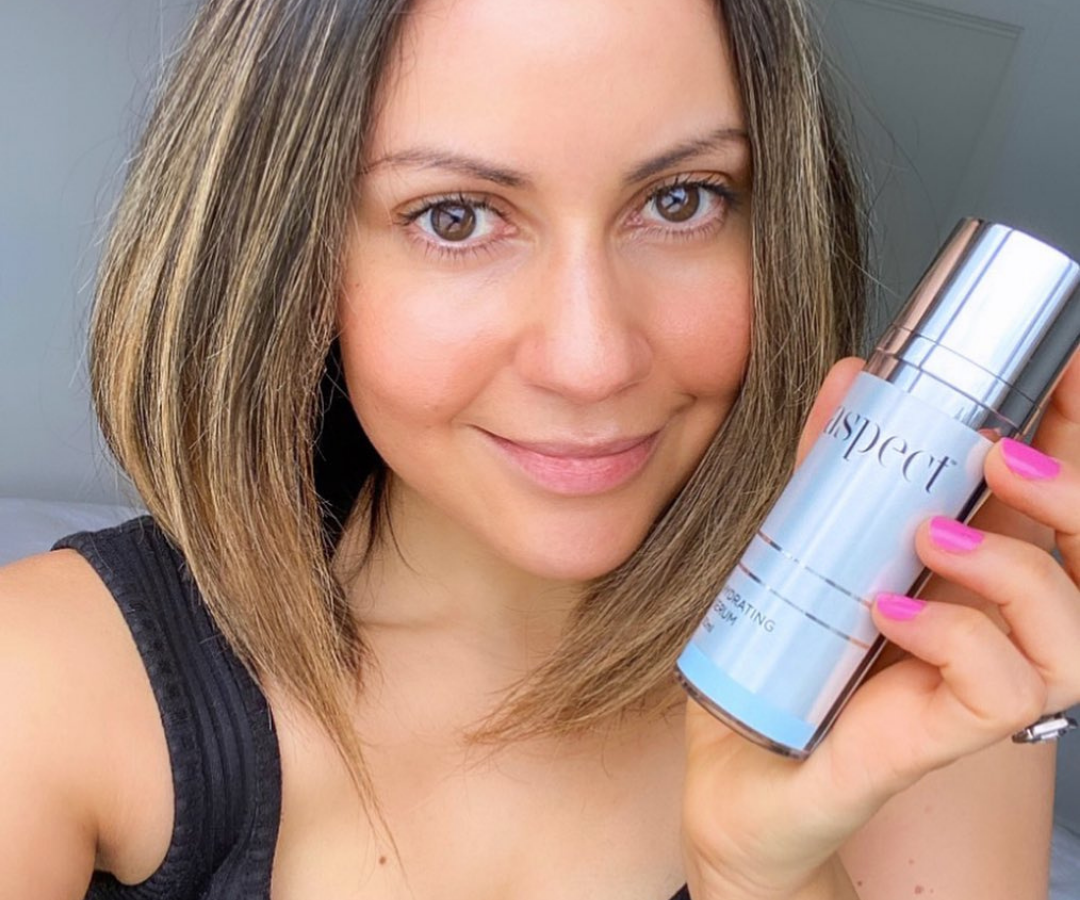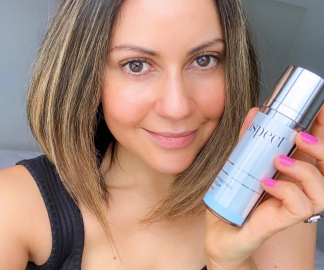
Once a week (or generally whenever I can be bothered/my skin is feeling blah), I like to give myself an at-home facial.
And trust me, you can do it too. It’s very easy.
If you have kids, can I recommend handing them over to your partner or plonking them in front of the telly on a Sunday afternoon when you have your 'do-everything' shower?
Because this is important.
For the purpose of this feature, let’s do a routine for dull and/or dehydrated skin, as it's something many of us will be experiencing this winter or while in lockdown.
This facial doesn't discriminate, though.
It's for anyone and everyone who wants to end their day looking and feeling like a dolphin. Or a glazed doughnut.
How to Do an At-Home Facial.
Always choose your products based on your skin type and concerns.
Here are the skincare products I’m using in this routine for skin that’s feeling dry, dull and generally meh.




